Description
US Army L-19 Birddog 14977 Model
Fly this famous observation aircraft in this handcrafted L-19 Birddog 14977 model with US Army markings. Each piece is carved from wood and handcrafted to provide a piece you’ll love.
- Length – 13 inches
- Wingspan – 18 inches
- Made from Mahogany
- US Veteran Owned Business
- Officially Licensed by Cessna
- The product is not intended to be used by children 12 years and younger.
Cessna is a trademark of Textron Innovations Inc. and is used under license to Squadron Nostalgia LLC.
The Cessna L-19/O-1 Bird Dog was a liaison and observation aircraft. It was the first all-metal fixed-wing aircraft ordered for and by the United States Army following the Army Air Forces’ separation from it in 1947. The Bird Dog had a lengthy career in the U.S. military, as well as in other countries.
Design and development
The U.S. Army was searching for an aircraft that could adjust artillery fire, as well as perform liaison duties, and preferably be constructed of all metal, as the fabric-covered liaison aircraft used during World War II (primarily Stinson and Piper products) had short service lives. The U.S. Army issued the specification for a two-seat liaison and observation monoplane, and the Cessna Aircraft Company submitted the Cessna Model 305A, a development of the Cessna 170. The Cessna 305A was a single-engined, lightweight, strut-braced, high-wing monoplane with a tailwheel landing gear. The greatest difference from the Cessna 170 was that the 305A had only two seats, in tandem configuration (the largest tandem-seat aircraft Cessna ever produced), with angled side windows to improve ground observation. Other differences included a redesigned rear fuselage, providing a view directly to the rear (a feature later dubbed “Omni-View”, carried over to Cessna single-engined aircraft after 1964), and transparent panels in the wings’ center-section over the cockpit (similar to those found on the Cessna 140 and the later Cessna 150 Aerobat model), which allowed the pilot to look directly overhead. A wider door was fitted to allow a stretcher to be loaded.
The U.S. Army awarded a contract to Cessna for 418 of the aircraft, which was designated the L-19A Bird Dog. The prototype Cessna 305 (registration N41694) first flew on 14 December 1949, and it now resides in the Spirit of Flight Center in Erie, Colorado. Deliveries began in December 1950, and the aircraft were soon in use fighting their first war in Korea from 1950 through 1953. An instrument trainer variant was developed in 1953, later versions had constant speed propellers, and the final version, the L-19E, had a larger gross weight. Cessna produced 3,431 aircraft; it was also built under license by Fuji in Japan.
The L-19 received the name Bird Dog as a result of a contest held with Cessna employees to name the aircraft. The winning entry, submitted by Jack A. Swayze, an industrial photographer, was selected by a U.S. Army board.[1] The name was chosen because the role of the army’s new aircraft was to find the enemy and orbit overhead until artillery (or attack aircraft) could be brought to bear on the enemy. While flying low and close to the battlefield, the pilot would observe the exploding shells and adjust the fire via his radios, in the manner of a bird dog (gun dog) used by game hunters.
Operational history
Military service
The United States Department of Defense (DOD) ordered 3,200 L-19s that were built between 1950 and 1959, entering both the U.S. Army and U.S. Marine Corps inventories, initially designated as OE-1s in the Marine Corps until all US military aircraft designations were standardized in 1962. The aircraft were used in various utility roles such as artillery spotting, front line communications, medevac and training.
In 1962, the Army L-19 and Marine Corps OE-1 was redesignated the O-1 (Observation) Bird Dog and entered the war in Vietnam. During the early 1960s, the Bird Dog was flown by South Vietnamese (ARVN-Army Republic Vietnam/SVAF Republic of Vietnam Air Force), U.S. Army, and U.S. Marines in South Vietnam and later by clandestine forward air controllers (e.g., Ravens) in Laos and Cambodia. Because of its short takeoff and landing (STOL) and low altitude/low airspeed capabilities, the O-1 also later found its way into U.S. Air Force service as a Forward Air Controller (FAC) aircraft for vectoring faster fighter and attack aircraft and supporting combat search-and-rescue operations recovering downed aircrews.
During the Vietnam War the Bird Dog was used primarily for reconnaissance, target acquisition, artillery adjustment, radio relay, convoy escort and the forward air control of tactical aircraft, to include bombers operating in a tactical role.
Supplementing the O-1, then gradually replacing it, the USAF switched to the Cessna O-2 Skymaster and North American OV-10 Bronco, while the U.S. Marine Corps took delivery of the OV-10 to replace their aging O-1s. Both were faster twin-engined aircraft, with the OV-10 being a turboprop aircraft, but the U.S. Army retained the Bird Dog throughout the war with up to 11 Reconnaissance Airplane Companies (RACs) deployed to cover all of South Vietnam, the DMZ and the southern edge of North Vietnam. Its quieter noise footprint, lower speed, tighter maneuverability, short runway ability and better visibility (even to the rear) kept it highly valued by the ground units it supported and highly feared by enemy units it flew over. The last U.S. Army O-1 Bird Dog was officially retired in 1974.
uring the course of the Vietnam War, 469 O-1 Bird Dogs were lost to all causes. The USAF lost 178, the USMC lost 7, and 284 were lost from the U.S. Army, South Vietnamese Forces, and clandestine operators. Three Bird Dogs were lost to enemy hand-held surface-to-air missiles (SAMs).
Two O-1 Bird Dogs were loaned to the Australian Army’s 161 Reconnaissance Flight operating out of Nui Dat in Phuoc Tuy province. One was lost to ground fire in May 1968, killing 161’s commanding officer. Another Bird Dog was built by this unit’s maintenance crew, using aircraft sections salvaged from dumps around Vietnam. It was test-flown and later smuggled back to Australia in pieces, contained in crates marked as “aircraft spares”. This aircraft now resides in the Museum of Army Flying at the Army Aviation Center at Oakey, Queensland.
As the USAF phased out the O-1 in favor of the O-2 and OV-10, many O-1s in the United States were sold as surplus. During the 1970s and 1980s, Ector Aircraft remanufactured many as the Ector Mountaineer with their original powerplants, and as the Ector Super Mountaineer with the Lycoming O-540-A4B5.
Civil Air Patrol service
In the early 1970s, as the O-2 Skymaster and OV-10 Bronco replaced the O-1 in frontline USAF service, several former USAF O-1s were turned over to the USAF’s civilian auxiliary, the Civil Air Patrol (CAP), for duties such as aerial search in support of domestic search and rescue (SAR) operations. However, since very few CAP pilots had prior training and experience as professional military aviators and/or significant experience with tailwheel aircraft, many of the CAP O-1 aircraft were damaged in groundloops and other takeoff, landing or taxiing mishaps. In an effort to reduce both risk and repair costs, the USAF directed CAP that all O-1 aircraft in CAP service be eventually replaced for safety reasons by single-engined tricycle-gear civilian Cessnas common to general aviation, primarily Cessna 172 and Cessna 182 aircraft. The only O-1 remaining in the CAP inventory is a permanent static display aircraft on a pylon in front of CAP Headquarters at Maxwell Air Force Base, Alabama.
Civilian use
Many of former USAF and former USAF-cum-CAP O-1 and L-19 aircraft were eventually sold to private owners as recreational aircraft, while others went to museums where they are usually displayed in their military combat markings. Still others found their way to glider clubs in the U.S. as a reliable and powerful vehicle to tow gliders into the air. As with most aircraft used for glider towing, the aircraft has also been outfitted with mirrors mounted to the struts.
In Canada, the Royal Canadian Air Cadets use former CAF L-19 aircraft equipped with a towing rig to tow their Schweizer 2-33A gliders for the Air Cadet gliding program. These particular L-19 variants are used in the Atlantic, Eastern, and Pacific regions. They have been modified for noise reduction by the use of a smaller-diameter, four-blade Hoffman composite propeller in all regions except the Pacific Region, and exhaust modification. The fuel delivery system has also been modified from the original design, placing the fuel selector valve closer to the pilot. The L-19/O-1 is a popular ex-military “warbird” with private pilots.
In the U.S., the aircraft remains a popular “glider tow”. The Franconia Soaring Association in Franconia, N.H. uses an old O-1, tail number N4796G, to tow its gliders, including Schweizer SGS 1-26 gliders and Grob G103 Twin Astir and Pilatus B4-PC11 sailplanes, as of July 2012.
As of June 2009, more than 330 were registered with the Federal Aviation Administration. Others are owned and operated outside the U.S. by individuals and flying organizations.
Notable flights
American television personality and actor Ed McMahon was a Marine Corps aviator who piloted an O-1E during the Korean War, flying 85 combat missions and earning six air medals during 1953.
On 29 April 1975, the day before the fall of Saigon during the Vietnam War, Republic of Vietnam Air Force Major Buang-Ly loaded his wife and five children into a two-seat Cessna O-1 Bird Dog and took off from Con Son Island. After evading enemy ground fire, Major Buang-Ly headed out to sea and spotted the aircraft carrier Midway. With only an hour of fuel remaining, he dropped a note[8] asking that the deck be cleared so he could land. Knowing there was no room for this to happen, Midway’s commanding officer, Captain (later Rear Admiral) Lawrence Chambers ordered US$10 million worth of South Vietnamese Bell UH-1 Iroquois (“Huey”) helicopters to be pushed overboard into the South China Sea. The Bird Dog that Major Buang-Ly landed aboard Midway is now on display at the National Naval Aviation Museum at Naval Air Station Pensacola, Florida.
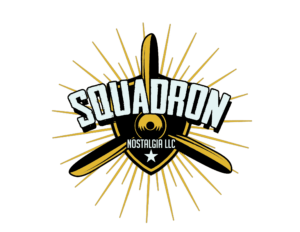
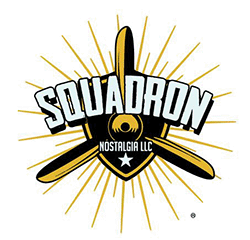
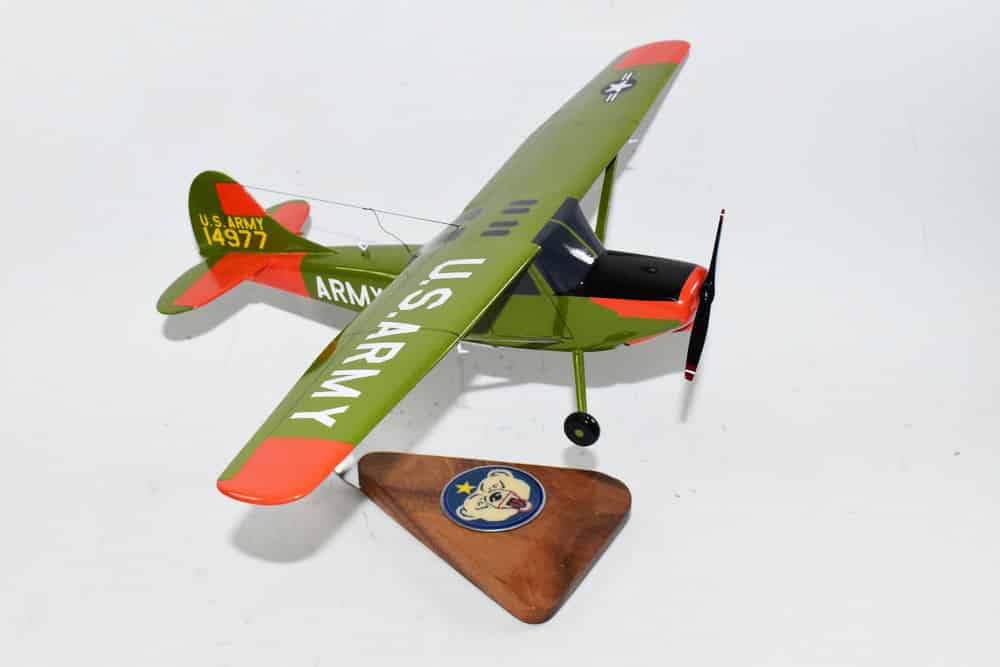
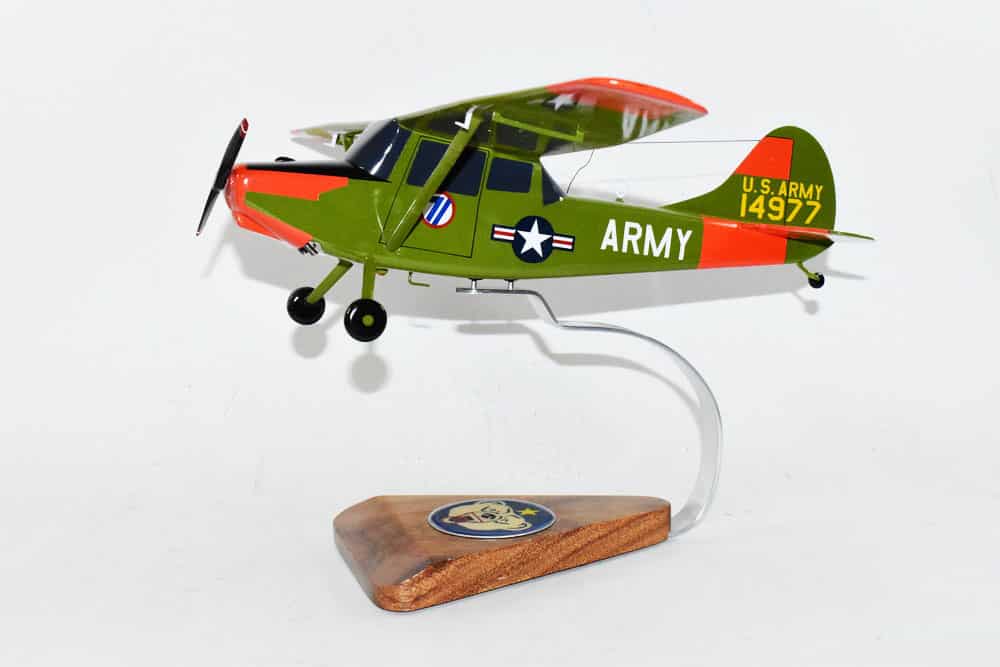
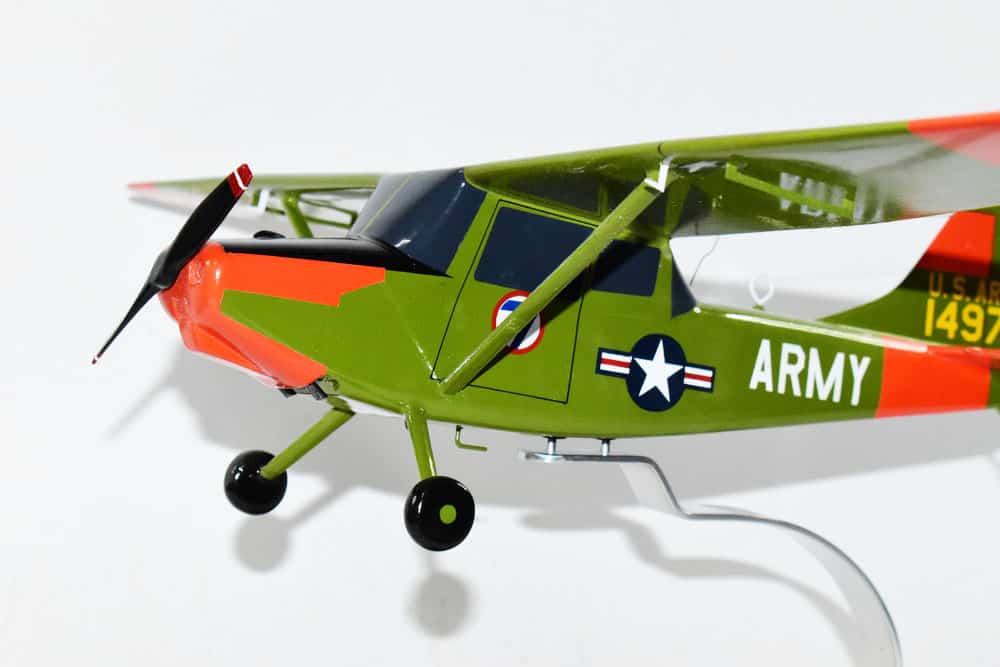
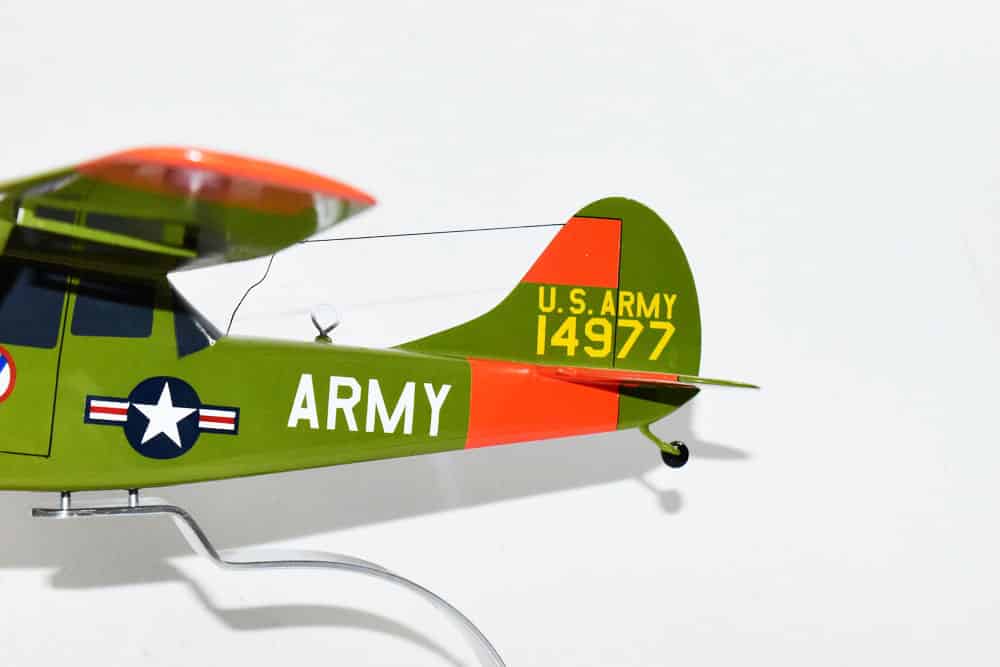
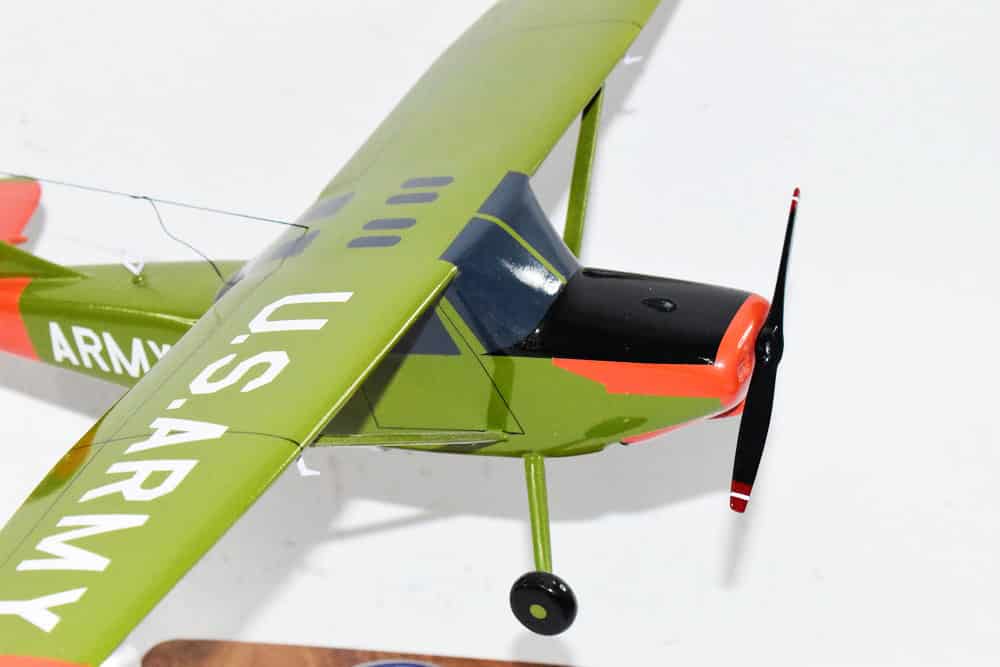
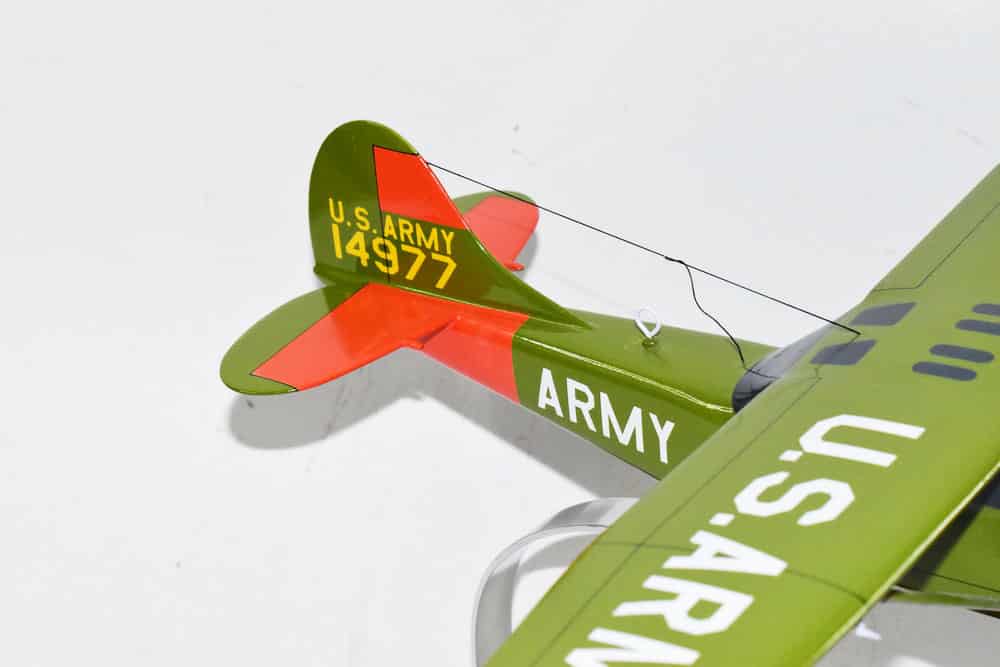
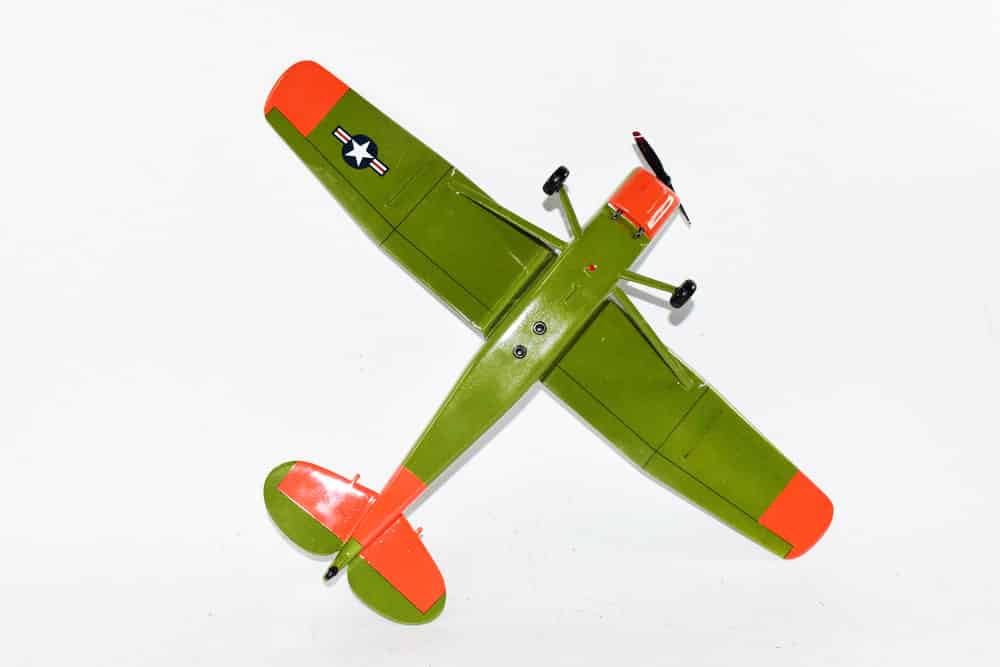
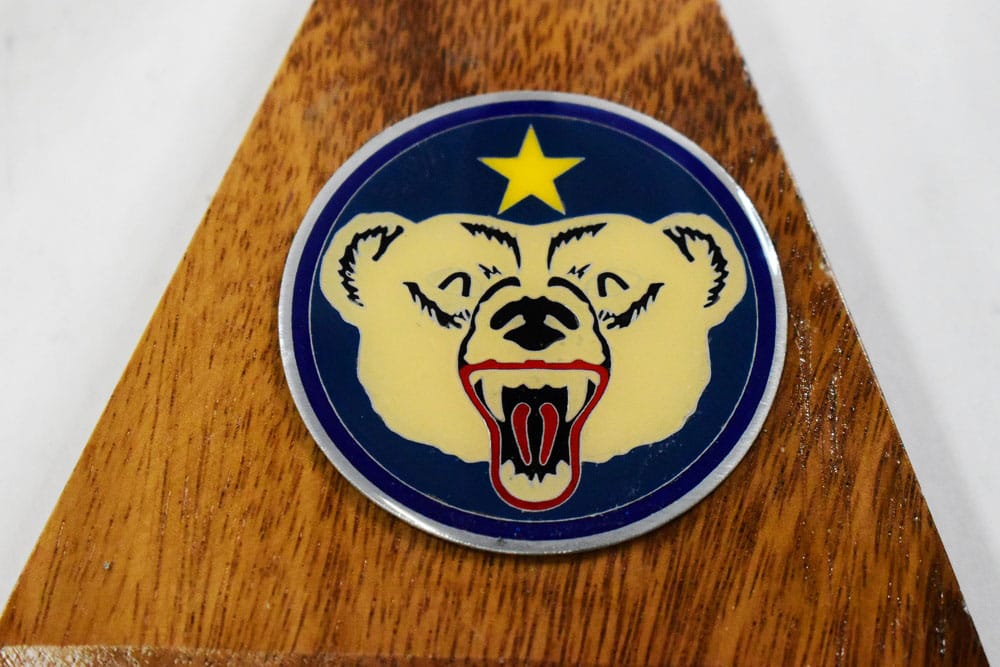

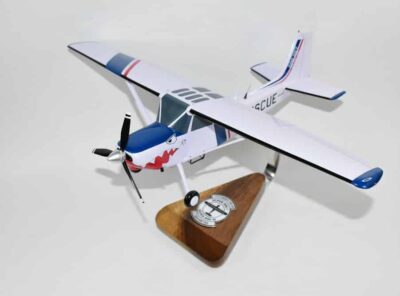
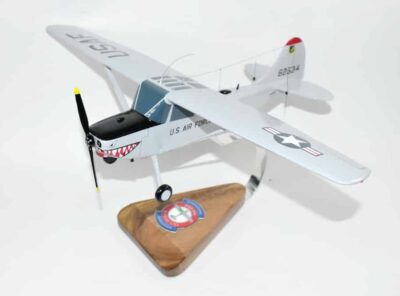
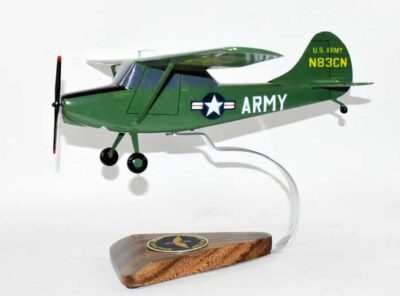
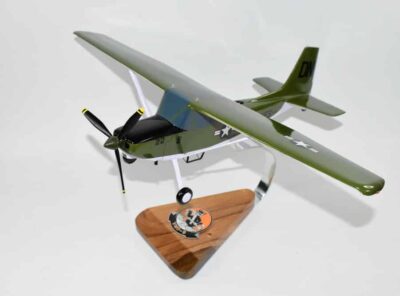
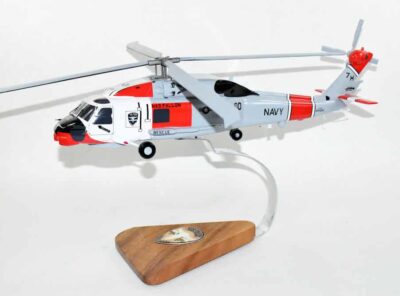
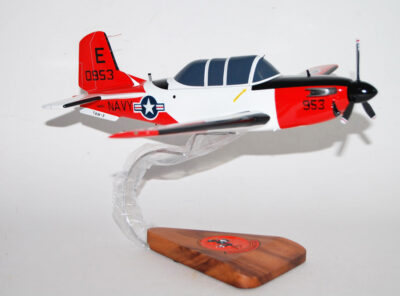
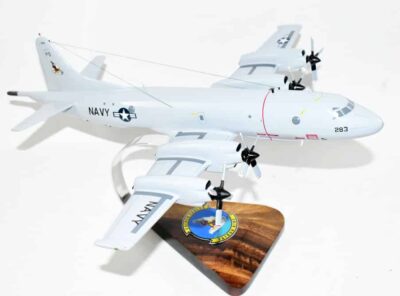
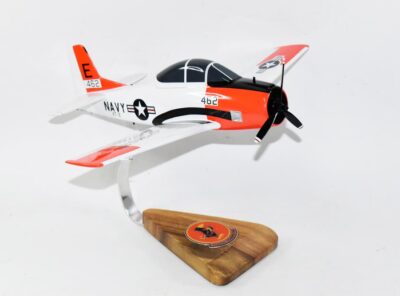
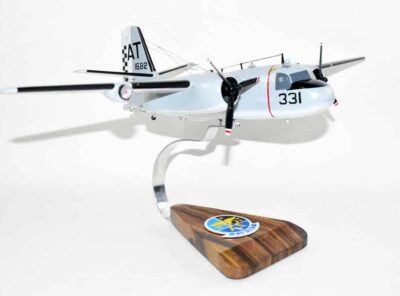
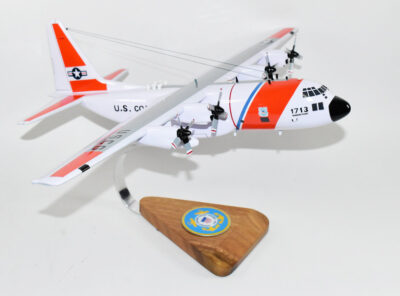
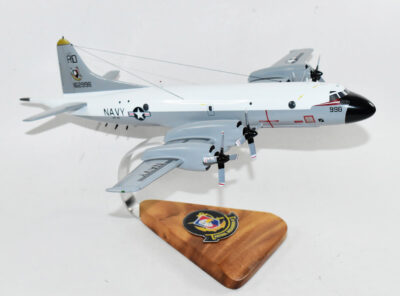
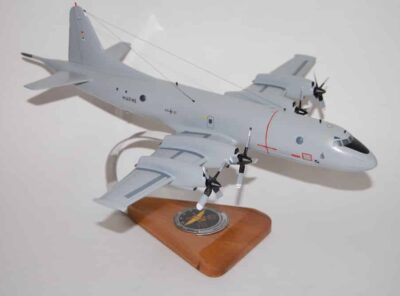
Reviews
There are no reviews yet.